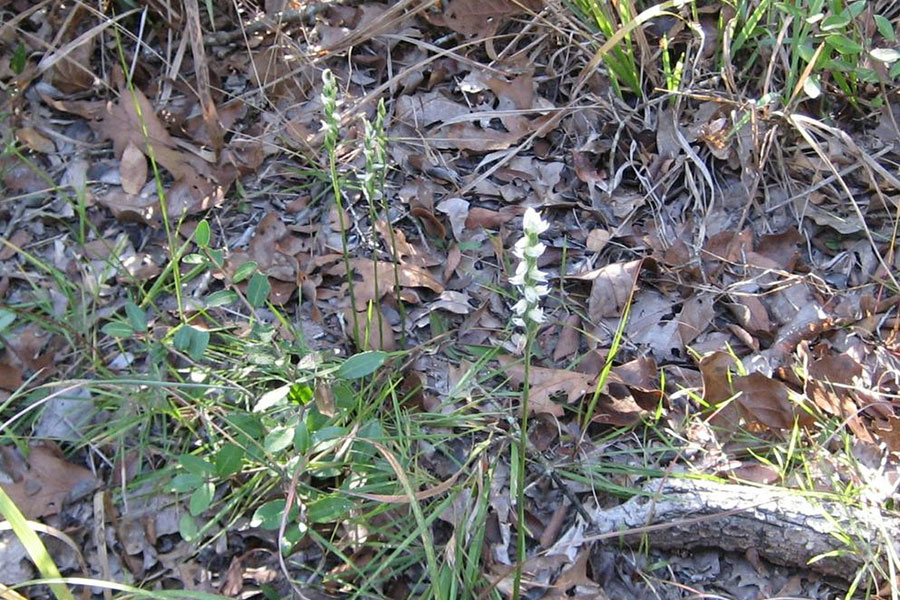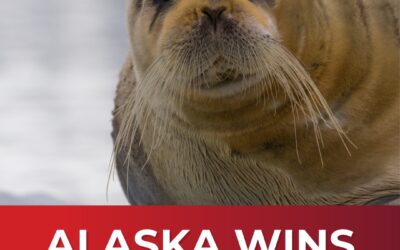Delisting Project
Navasota Ladies’-Tresses
(Spiranthes parksii)
Sufficient conservation warrants delisting
Navasota ladies’-tresses (Spiranthes parksii), is an orchid the U.S. Fish and Wildlife Service (Service) listed as an endangered species in 1982. In the agency’s final listing rule, the Service stated that S. parksii is “primarily threatened due to extremely low numbers, urbanization, and possible over-utilization.”.
Documents
News Releases
In the more than three decades since the 1982 listing, a substantial amount of new information has become available demonstrating the species is not at risk of extinction and that the original listing was in error. Sufficient conservation for the species is in place so that neither the existence nor the magnitude of the once perceived potential threats to the species indicates that the Navasota Ladies’-tresses is at risk now or in the foreseeable future. Therefore, the protections of the ESA were not originally and are not currently warranted.
Furthermore, molecular analyses by numerous researchers using a variety of different markers and methods, including work that has been published in peer-reviewed scientific journals, have failed to support the treatment of this orchid as a distinct species apart from the local form of the co-occurring nodding ladies’-tresses. As such, the best available scientific and commercial information suggests that the Navasota ladies’-tresses may not even be a valid species eligible for listing.
Species inappropriately receiving the protections of the ESA causes significant economic harm to landowners who are prevented from using their land and to local governments who need to provide necessary community services. Objectives of the ESA are best served by focusing limited conservation resources on species that truly warrant the protections of the ESA. The Navasota Ladies’-tresses should no longer be listed as threatened or endangered under the ESA.
Other Delisting Projects
bone cave harvestman
Landowners and local governments faced serious economic problems due to the Service’s erroneous listing of this species.
American Burying Beetle
This species was listed in error. In 2020, the Service finalized its rule to down-list the species from endangered to threatened.
yellow-billed cuckoo
The Obama administrations’ analysis of the genetic and habitat data was believed to be in error at the time of listing in 2014.
Hualapai Mexican Vole
The first ESA-listed domestic species to be delisted by the U.S. Fish and Wildlife Service during the Trump Administration.
Delisting in the News
Alaska Proves Seal Critical Habitat Unlawful
The U.S. District Court of Alaska has handed the State a significant endangered species case victory, ruling that climate change does not justify a 160 million acre designation...
The Endangered Species Act At 50
The Endangered Species Act (ESA) was signed into law by President Richard Nixon on December 28, 1973. At 50 years old, the U.S. Fish and Wildlife Service (FWS) claims they...
U.S. Rep. Cloud’s Last Minute Amendment May Have Saved the Permian Basin
One amendment of utmost importance to the State of Texas was offered by Rep. Michael Cloud (R-TX-27), to specifically defund any attempt by the FWS to list the Dunes Sagebrush Lizard (DSL) as endangered or threatened. On June 29, 2023, the FWS announced the DSL is endangered and warrants protection under the Endangered Species Act (ESA).




